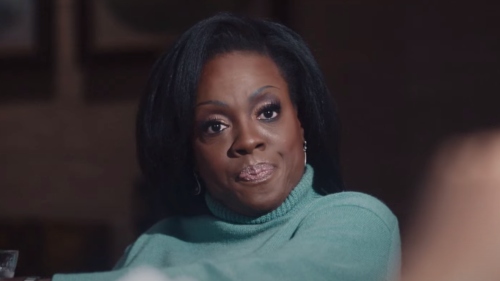
Showtime’s new drama series The First Lady follows the White House lives of former First Ladies Eleanor Roosevelt (Gillian Anderson), Betty Ford (Michelle Pfeiffer), and Michelle Obama (Viola Davis). Created by Aaron Crowley and directed by Susanne Bier (Bird Box), the series interweaves their three remarkable stories and draws subtle parallels between them while contrasting the different styles and personalities of each woman.
Last week, we interviewed the show’s Production Designer Tony Fanning about recreating White House-related sets across several decades, and this week, we spoke to Carol Rasheed, who served as Makeup Department Head on The First Lady.
Rasheed talked about creating the makeup for the various Presidents who accompany the principal characters and working alongside the personal makeup assistants for these three iconic actresses. Rasheed’s work focused on O.T. Fagbenle as Barack Obama, Kiefer Sutherland as FDR, and Aaron Eckhart as Gerald Ford, while Valli O’Reilly handled Pfeiffer’s makeup directly.
Rasheed has been the Makeup Department Head for several TV series, including David Makes Man, Greenleaf, and Hap and Leonard, and she has film credits going as far back as 2 Fast 2 Furious, but The First Lady provided a unique challenge for her. Read on to find out how Rasheed made these very well-known actors look like equally well-known historical figures.
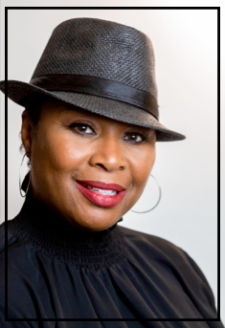
Below the Line: How did you come to work on this show and what was the process like of creating the various looks for these iconic historical figures?
Carol Rasheed: I had worked with Cathy Schulman, one of the producers, for five years on a prior project, and she asked me to come on. And I worked on all three blocks — there was so much research that went into this. Research, research, and research. As you know, the series spans 107 years. My team did the research, and [had] a production assistant [who] specifically dealt with that. The costume designer, Signe Sejlund, had been on the show for a few months before us, so she shared some of her research as well. One thing I did not do was look at other movies about the First Ladies, because I wanted to give my own looks. Then we had a dialogue with Signe and the director, Susanne Bier, and of course the actors, to start thinking about the look.
BTL: What materials did you use? Typically, characters have limited means available to them, but these are the First Ladies and their Presidential husbands. And I’m curious, why don’t we start with the Eleanor block?
Rasheed: Eleanor was a lady in history that barely wore anything in terms of her makeup, she was very low maintenance. So was Betty Ford, actually. Both wore very little. The important thing in terms of doing a project of this magnitude is to have some sort of thread that goes through all the blocks. For me and for my team, [it] was to have the same basic, minimal makeup for all of our principal stars. It was very minimal. We started with moisturizers and did more skincare than anything else in terms of makeup — we can, of course, talk about prosthetics.
The three First Ladies had their own personals. So, with Betty Ford, I had conversations with Valli about the structure of what she looked like, and turning Michelle into that look. There we started with lipstick colors. So Valli used the same color that was out during the 1970s. We wanted to make sure the eye colors were the same for each First Lady’s, from their young years to when they’re adults. That’s the sort of nuance you look at when you’re doing someone’s likeness, especially if you are doing someone so high-profile, like the First Lady. As the Makeup Department Head, that’s the association I had for all three blocks, but really, mostly for Eleanor and the Betty Ford block — minimalist makeup that was consistent across the years of their lives.
And you’re right that they had the means, but back in the 1930s and the 1970s, the looks were different and less focused on makeup. They had sideburns and maybe a lot of eyeshadows in the 1970s, but that’s about it.
BTL: Did you give any of your own spins to the makeup that was used in those times?
Rasheed: I did want to make it a little more stylized. Of course, we were in the period, but the makeup was done in such a way that was very purposeful and methodical. Again, it was all about the thread that would bleed through the timeframe from the 1900s through 2007. And, again, the women and the people that were a part of the White House were stylized while looking like they did it themselves.
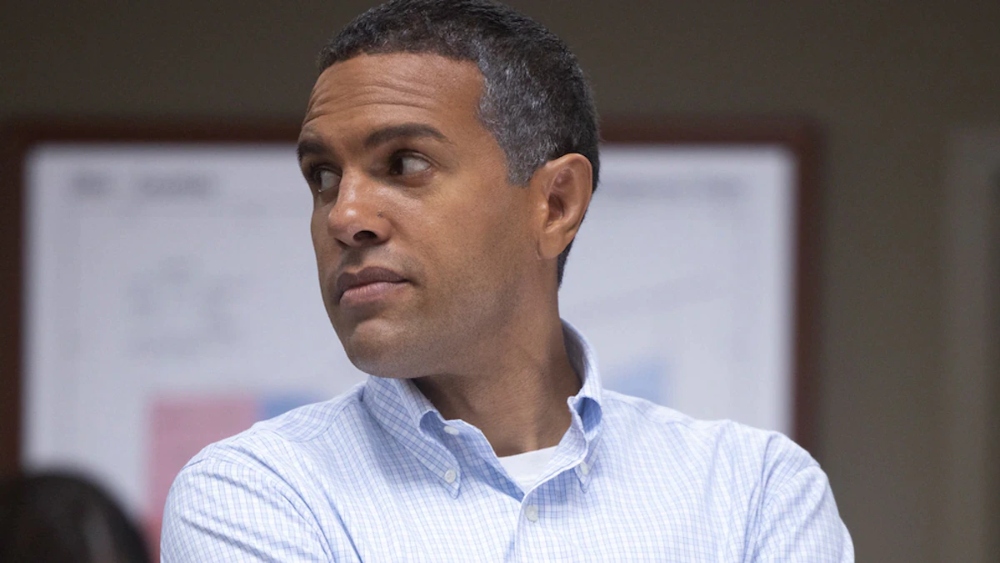
BTL: What was the most interesting character to do the makeup for, and why?
Rasheed: It’s not one of the women. Barack was fascinating. Roosevelt was interesting. For both, we had to use prosthetics. Each character, and each area, each lady had something interesting and its own challenges. For example, the real Eleanor had an overbite when she spoke, her mouth was situated a certain way. So in order to be able to accomplish that, we had to have teeth made for her. Those nuances are important to make the resemblance as much as you can. A lot of developing a character is just that, making sure the nose goes the same way, making sure the brows fall in the right place, [and] making sure the color of the eyes is exactly right. That can be very tricky. It was an undertaking to have the correct facial hair for the men of the 1800s, in 100-degree weather, and keep it all attached to the face.
BTL: Let’s talk more about the prosthetics for Barack and Franklin.
Rasheed: For Barack, of course, [the] ears. O.T. was passionate about having them. [They’re] very distinctive and Barack is well known for them. O.T. nailed how he speaks, but we had to have ears made for him. Another distinct thing that Barack has is a mole on the side of his nose. It’s very prominent on his face. So we made several moles to have ready for O.T.’s face each time. Those nuances, maybe you see them, maybe not, but [they’re] important. Then we added freckles to his face as he aged. We put an aging product around his eyes as he aged. I thought those nuances were amazing, and they helped him get into character.
In terms of Roosevelt, as he got older, he got bigger. So we added a chin to him as well. Laura Dandridge was the Special Effects Artist that put a piece on his neck and face. Autonomous made the prosthetic pieces for both of them. They were all a part of my team.
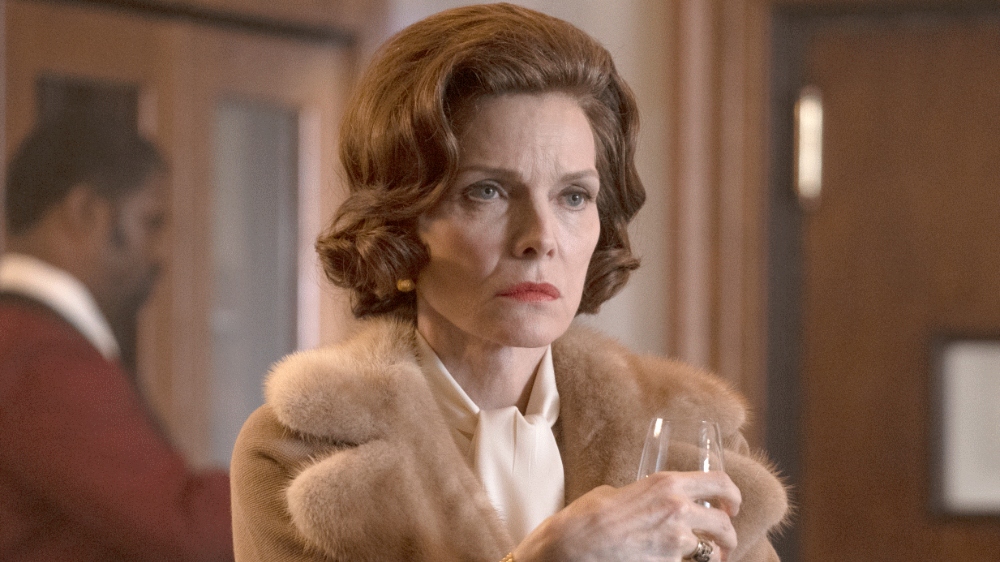
BTL: Tell us more about the aging process?
Rasheed: Well, for all three of the First Ladies, we had to age them 10 years. Betty Ford, after one of her drunken stupors, chipped her tooth. Valli had to paint that in. You take some of their eyebrows out. A lot of things that people don’t notice because it’s too subtle. Michelle Pfeiffer had Jamie Lee as her wig designer, and we greyed it out slowly, with coloring. The wig and the subtle, manual aging makeup, aging spots, stressor under her eyes, taking color out of her lips when she was drunk — all of that helped [us] have no prosthetics for Michelle. We managed to change her image just with these things.
Same thing in terms of Eleanor. We did have to age Eleanor, and Julie Kendrick, her personal, used teeth, but hair was a pivotal thing. You change the hairstyle for different time periods and that changes someone’s look — it makes them look older.
And Sergio Lopez-Rivera, who did Viola’s personal, also aged Viola as Michelle Obama. They made teeth, and they had brows on her, but again, from the young to the old, you do little nuance, the brows become lighter, and you put some stressor on.
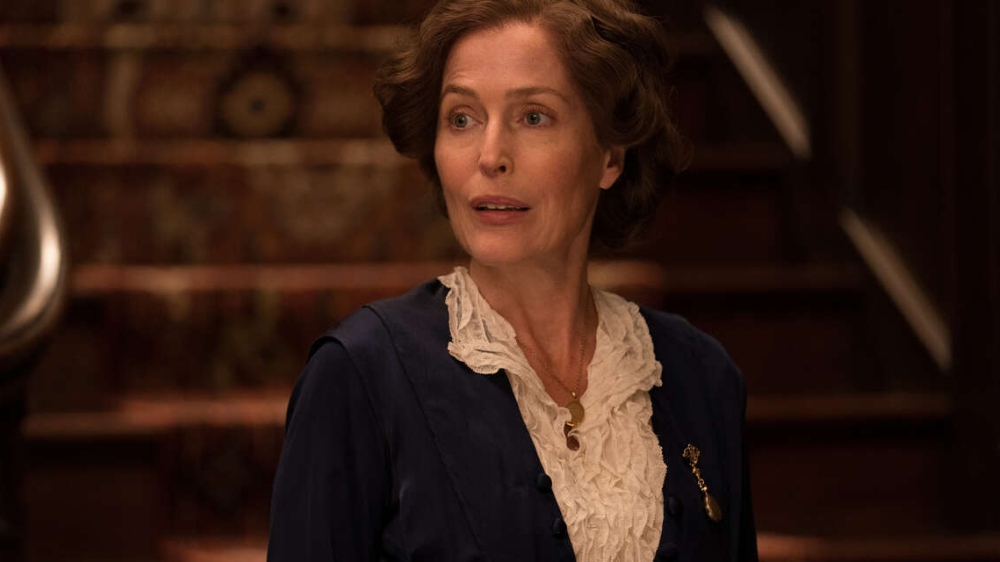
BTL: Favorite part of working on this show and why?
Rasheed: The growth I obtained. Working with a director like Susanna [who] pulls everything that is great out of you. She is very demanding and has a great vision, but she helps you help her create the vision that she [wants]. I’ll tell you, the first two weeks, I thought I had bitten off more than I could chew. But, as time went on, I learned her style, and what she wanted to see. I learned an art form — the ability to listen to someone, figure out what their vision is, and then create it for them. It showed me to put on a different listening ear. I had a very specific look in my mind about the 1930s, the 1940s, etc. Susanna wanted that look, but not exactly, so I had to learn how to think about all that. There were certain shades of lips, and certain shades of brows that were used back then — we could use those, but, as I said, I had to juggle making them look glamourized, and also like they all did it themselves. On a couple of days, I had 17-18 people on my team. I enjoyed the show because I accomplished the show.
The First Lady premiered on April 5 and is in the middle of its first season on Showtime.
https://www.youtube.com/watch?v=j36nGWGC5FI





